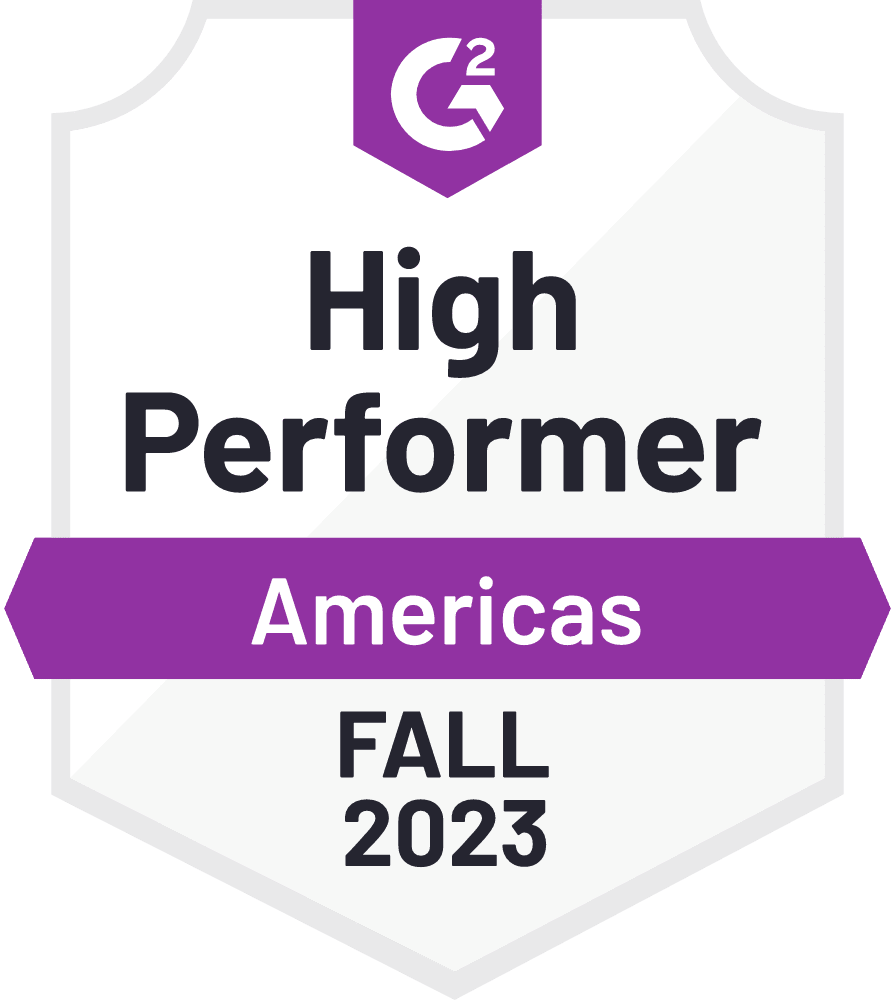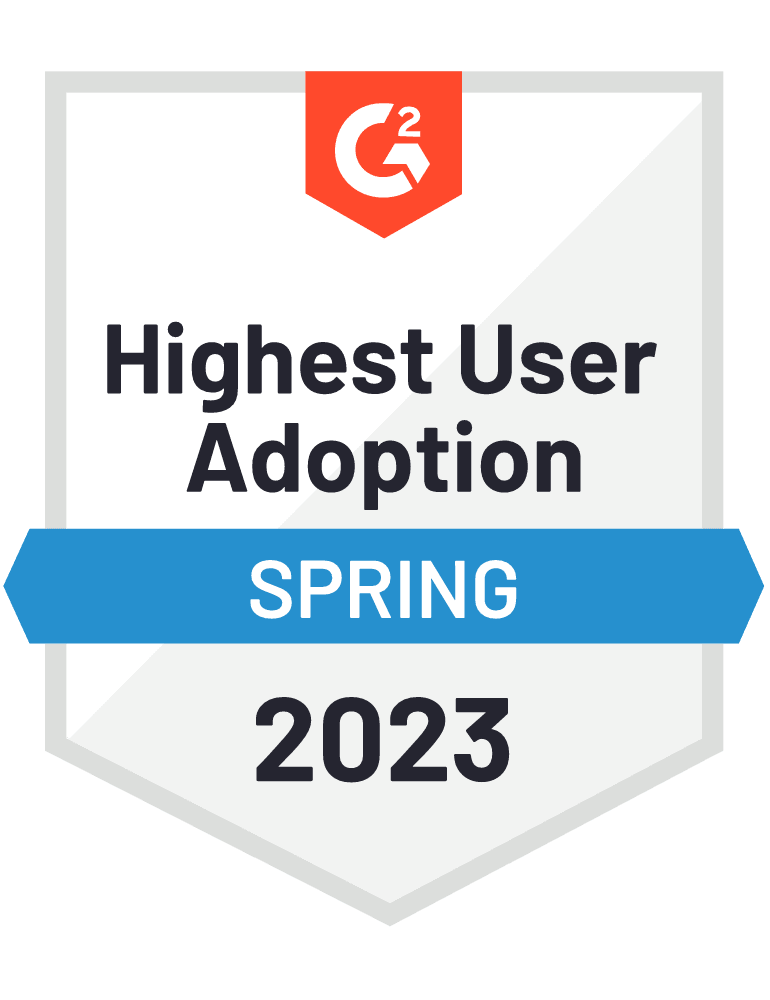My mom once told me “In an age of technology and information, ignorance is a choice.”
Yes, you can say my mom is pretty wise. In the end, like it or not, she is always right, and whenever I got caught doing something I wasn’t supposed to, it was just a “Don’t do it again” warning.
Why am I telling you this? Well, Uncle Sam is not as nice as my mom and probably won’t just give you a warning. Audits are no joke.
This can be especially frustrating in an industry like skilled nursing, where you are dealing with complex laws and regulations and complicated pay rates for your employees.
But before any of the government agencies come knocking on your door, we have compiled a list of red flags to look out for to help you avoid getting your skilled nursing facility audited and more importantly, to prepare you in case you are.
Misclassifying Employees and Compensable Time
Imagine this scenario: Marlene, an LPN who attends to patients, is classified as a non-exempt employee and takes her lunch break at 1:00 p.m. You automatically deduct 45 minutes for lunch breaks for your non-exempt employees. At 1:20 p.m., one of the patients under Marlene’s watch needs assistance, and she’s called back to assist. Should Marlene be paid for attending to the patient even though she was on her lunch break?
Yes, since Marlene is a non-exempt employee, you should adjust her break from 45 to 20 minutes so Marlene can be compensated for her hours worked. Under the FLSA, non-exempt employees must be compensated for any time that they have performed work or activities that benefit their employer.
According to the Department of Labor (DOL), the most common employer violation in the nursing care industry is the failure to pay employees for all hours worked. Just like in Marlene’s case, employers often fail to pay employees for:
- Work performed before and after a shift;
- Work performed during a meal break; and
- Attending staff meetings and compensable training sessions.
If you failed to pay a non-exempt employee for work performed, you may be held liable for all unpaid overtime owed to that employee going back as far as 3 years prior to the date of the claim. Additionally, the court may charge you with penalties in the form of liquidated damages in an amount equal to the sum of unpaid wages the employee is owed. This will double the amount of money owed to the employee.
Overtime and Shift Differentials
Here’s another scenario for you: Skyler, an RN at your nursing facility, is paid a basic hourly rate of $30 an hour. When he submits his quota of 4 patient record reports for the day, he receives an efficiency bonus of $1 for hours worked that day. When he exceeds his quota of 20 reports for the week, he receives an efficiency bonus of $100. When Skyler works overtime, you pay him time-and-one-half based on his basic hourly rate of $30. Is this in compliance with the FLSA overtime standard?
Unfortunately, no! Under the FLSA, the additional half-time compensation must be paid on the regular rate – defined as the total remuneration divided by the total hours worked. Overtime compensation must be calculated using the regular rate, which will exceed the hourly rate when production or efficiency bonuses are included.
Don’t despair if you got that wrong. Overtime errors are one of the most common missteps that auditors find in pay miscalculations.
Here is how you properly calculate the overtime with the efficiency bonus for Skyler:

On a 40-hour system:
| 16 day hours x $30 = |
$480 |
| 16 evening hours x $30 = |
$480 |
| 16 night hours x $30 = |
$480 |
| Sunday efficiency bonus ($1 x 8) |
$8 |
| Monday efficiency bonus ($1 x 8) |
$8 |
| Wednesday efficiency bonus ($1 x 16) |
$16 |
| Friday efficiency bonus ($1 x 16) |
$16 |
| Weekly efficiency bonus (21 reports) |
$100 |
| $480 + $480 + $480 + $8 + $8 + $16 + $16 + $100 = |
$1,588 (total ST compensation) |
| 16 day hours + 16 evening hours + 16 night hours = |
48 total hours worked |
| $1,588 (total ST compensation) ÷ 48 (hours worked) = |
$33.08 (regular rate) |
| $33.08 ÷ ½ |
$16.54 (half-time premium) |
| $33.08 + $16.54 = |
$49.62 (overtime rate) |
| ST earnings |
$1,588 |
| $49.62 (overtime rate) x 8 overtime hours = |
$396.97 (overtime earnings) |
| Total weekly earnings |
$1,984.97 |
Imagine the room for mistakes, especially if you have a small HR department doing this manually and with multiple nurses in similar situations. Miscalculations like these can cost facilities like yours $5,000 or more in penalties.
Incorrect Information on Your W-2s
Picture this: Nolvia started working at your company a few months ago. When she filed her W-4, she miswrote her social security number and you never checked. By the time you filed her W-2, her name and number do not match.
Now due to this simple error, the money the Social Security Administration (SSA) collects from her will go into an “earnings suspense file” and Nolvia won’t be credited for her collected earnings. As soon as the SSA finds out about this discrepancy, you will be sent an EDCOR letter advising you to correct it.
The IRS alone can charge you up to $550 per uncorrected mismatch. Think how much that can add up to if this happens with multiple employees? Besides the IRS, other entities like the SSA, the DOL, and many more may come knocking on your door if they notice any red flags.
While these are just a few red flags, the world of compliance can be an accident waiting to happen. A self-audit can give you time to fix these and other mistakes before there is a knock on your door.
This information is for educational purposes only, and not to provide specific legal advice. This may not reflect the most recent developments in the law and may not be applicable to a particular situation or jurisdiction.











